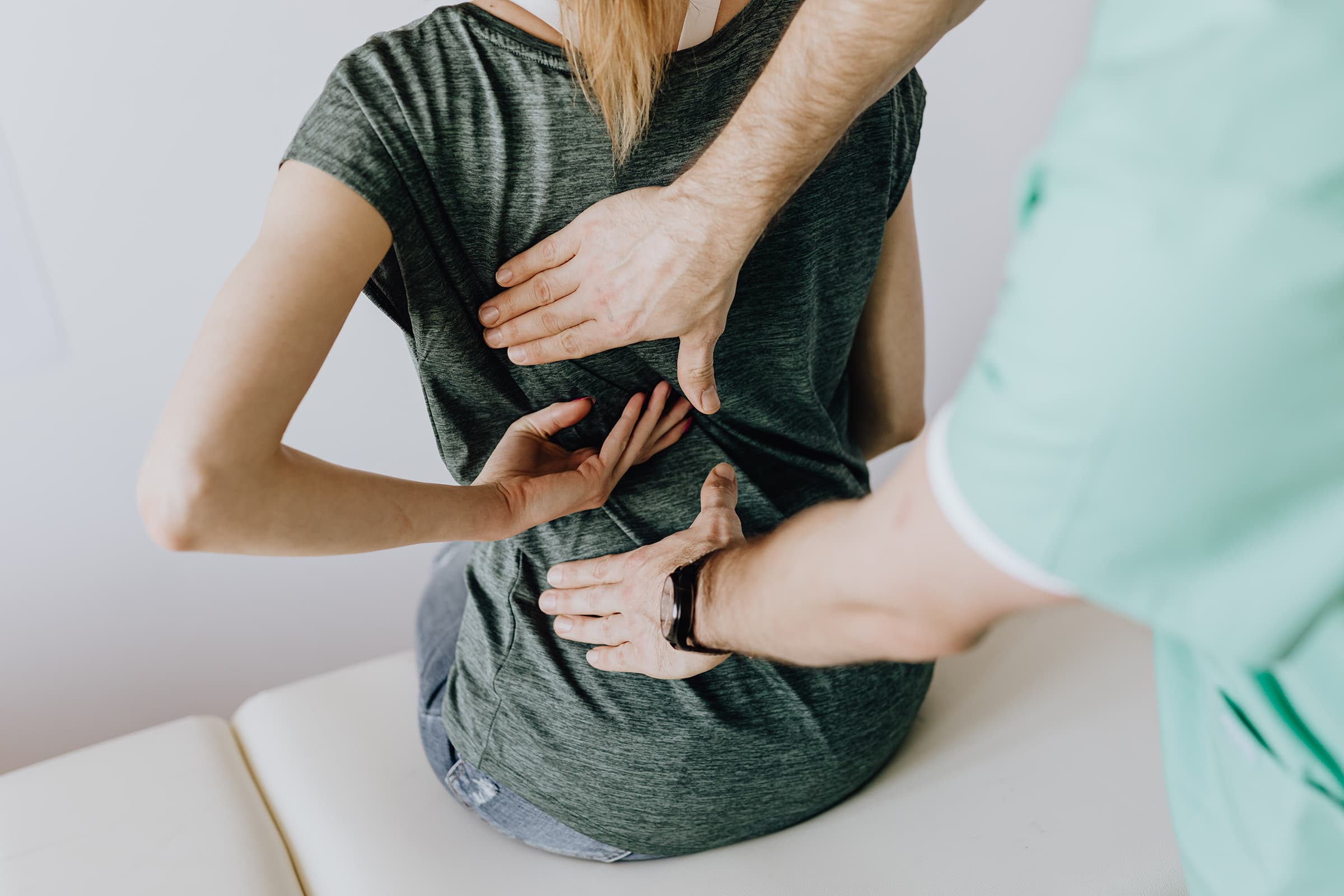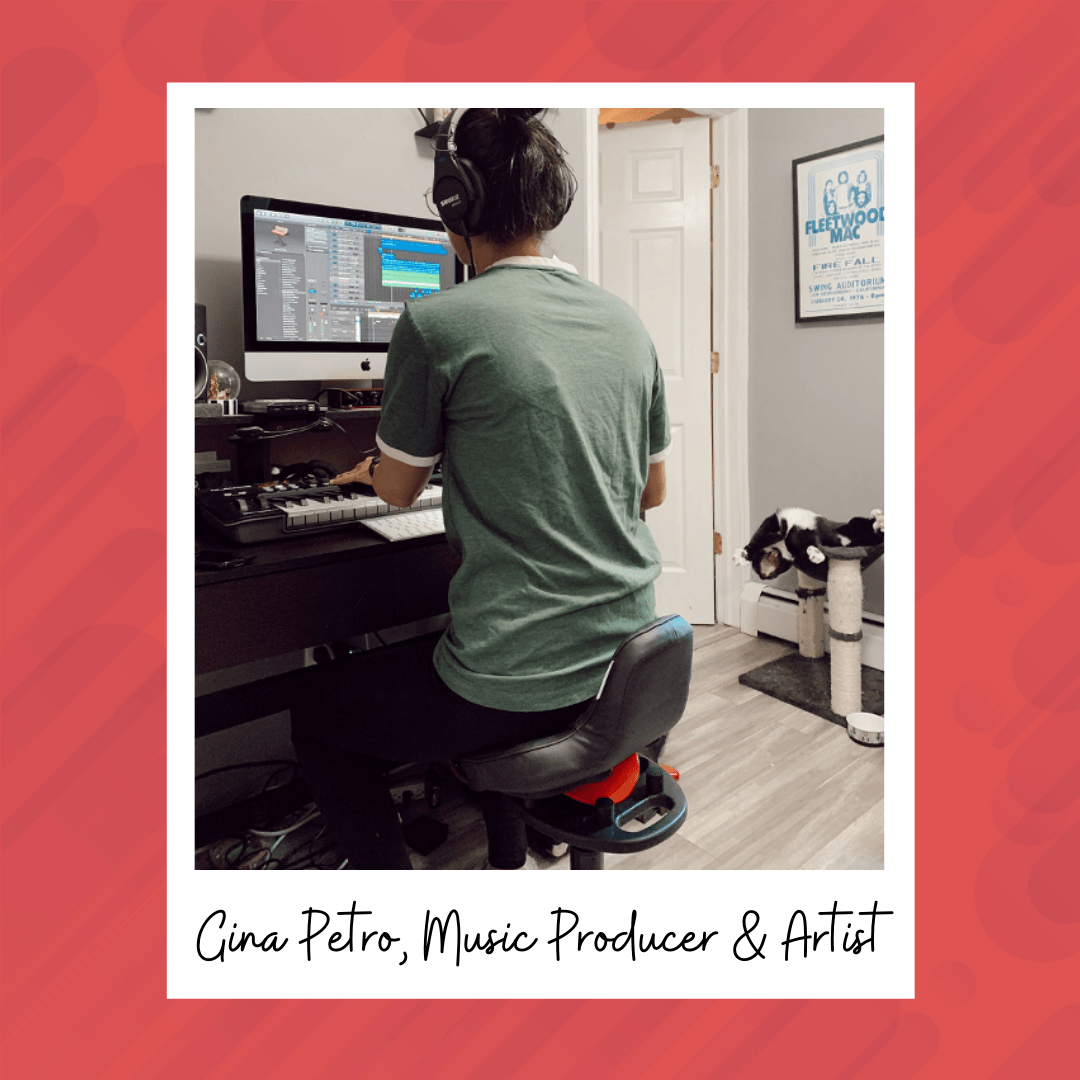It’s shocking to admit that, although attention deficit hyperactivity disorder (ADHD) is the most common, and most studied, mental condition in children, its cause is still unknown. Depending on the criteria applied, ADHD affects between 1% and 11% of children, and is twice as common in boys as in girls. Because the condition often persists into adulthood, from 2% to 5% of adults have ADHD. And yet we have little understanding of the underlying disorder.
Some have argued that the gene(s) for ADHD may be beneficial to societies even if harmful to individuals, a dynamic that would preserve ADHD in our gene pool. Indeed, the idea that ADHD is a “disorder” needs to be weighed against the observation that many of the traits associated with ADHD (impulsivity, hyperfocus, risk-taking, curiosity) are considered helpful if not essential in many human enterprises, e.g., hunting behavior in hunter/gatherer communities and more recently entrepreneurship in the modern world created by capitalism.
Uncertainty about the cause of ADHD has not deterred its treatment. Parent education, cognitive behavioral therapy and stimulants (methylphenidate, Ritalin) all have their advocates but about 60% of children with ADHD are treated stimulants. Many parents are understandably reluctant to commit their child to long term drug treatment, because side effects are common and dependence and addiction are possible outcomes. But the pain, misery, and lost opportunity of a child with untreated ADHD spending most of his or her day in school often makes stimulants seem to be the lesser evil.
Newer approaches to ADHD are predicated on the notion that a deficit in sensory modulation may be the root cause. The idea is that students who carry the ADHD label simply need additional sensory input, such as fidgeting, to appropriately respond to the world
A recent review by Gochenour and Poskey
This design has been downloaded about 2,000 times, so we’re hoping to be able to make a stronger case for active sitting based on the feedback that inexpensive chairs will allow.
So, that’s the story on why active sitting may help with ADHD.
But why am I personally so convinced? Thinking about it, although I’m a life long academic researcher with hundreds of peer reviewed papers on my CV and a master’s degree in biostatistics, the published literature isn’t what really what persuades me of the importance of active sitting, at least, not yet. No, what really persuades me is the anguish of one mother.
One last story: As a preamble, Vermont has high stakes testing for kids in its school systems. Called the New England Common Assessment Program (NECAP), it’s a series of grueling tests taken a few times over the course of a child’s school career. Here’s the story: A couple of years ago I was talking about active sitting at an art gallery here in Burlington, Vermont. This art gallery had a few of our chairs on display, and folks were trying them out. One woman sat down and rocked thoughtfully for a few minutes, and then looked up at me and said sadly, “I wish my son had been sitting on one of these chairs last week when he took the NECAP exam; I’m sure he would have done a lot better”. It’s just one mother’s intuition, of course, but I respect mothers, and I really respect mothers’ intuition about their kids. This mother knew that active sitting was the key to her child being able to focus and excel. And new research supports her convection, for example this recent paper (4/2022): Dynamic Seat Assessment for Enabled Restlessness of Children with Learning Difficulties (https://www.mdpi.com/1424-8220/22/9/3170}
Is this science? Emphatically, yes. Real science proceeds from a hunch, to an experiment, to other researchers reproducing the experiment and perhaps confirming the result, and only then to being a reliable finding. We’re at the hunch stage, but it’s a pretty solid hunch.
And, for older kids, or bigger kids, or even for grownups whose ADHD followed them into adulthood, the need to “fidget to focus” may be strong. If that’s the case, well, active office chairs may be a way for them to keep on task and stay healthy.
And “focus” may not be the end of it as far as adults are concerned. We got an email from an active sitter not long ago that read, in part:
“…One of the benefits
Active sitting as psychotherapy? Maybe. We’re still learning all the ways that moving can improve people’s lives.
https://pubmed.ncbi.nlm.nih.gov/21852983/





Leave a comment
All comments are moderated before being published.
This site is protected by reCAPTCHA and the Google Privacy Policy and Terms of Service apply.